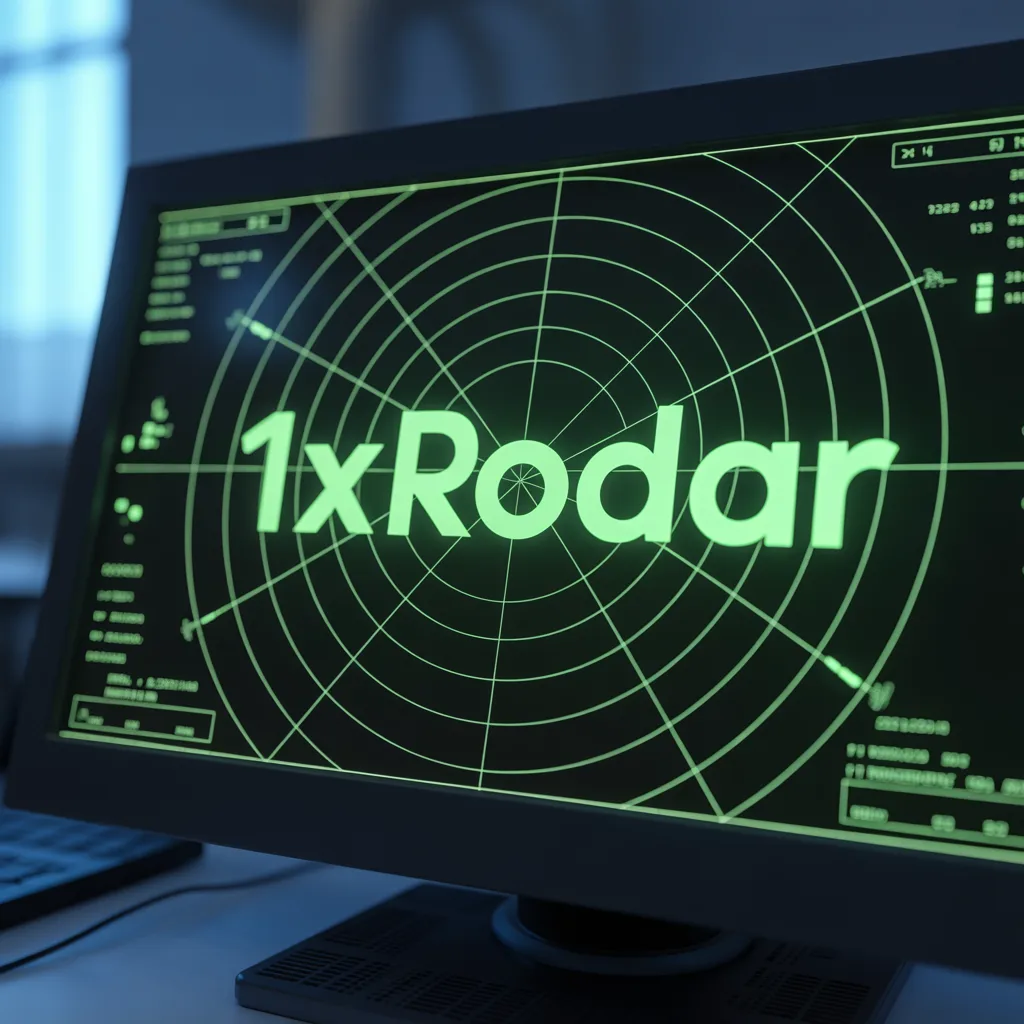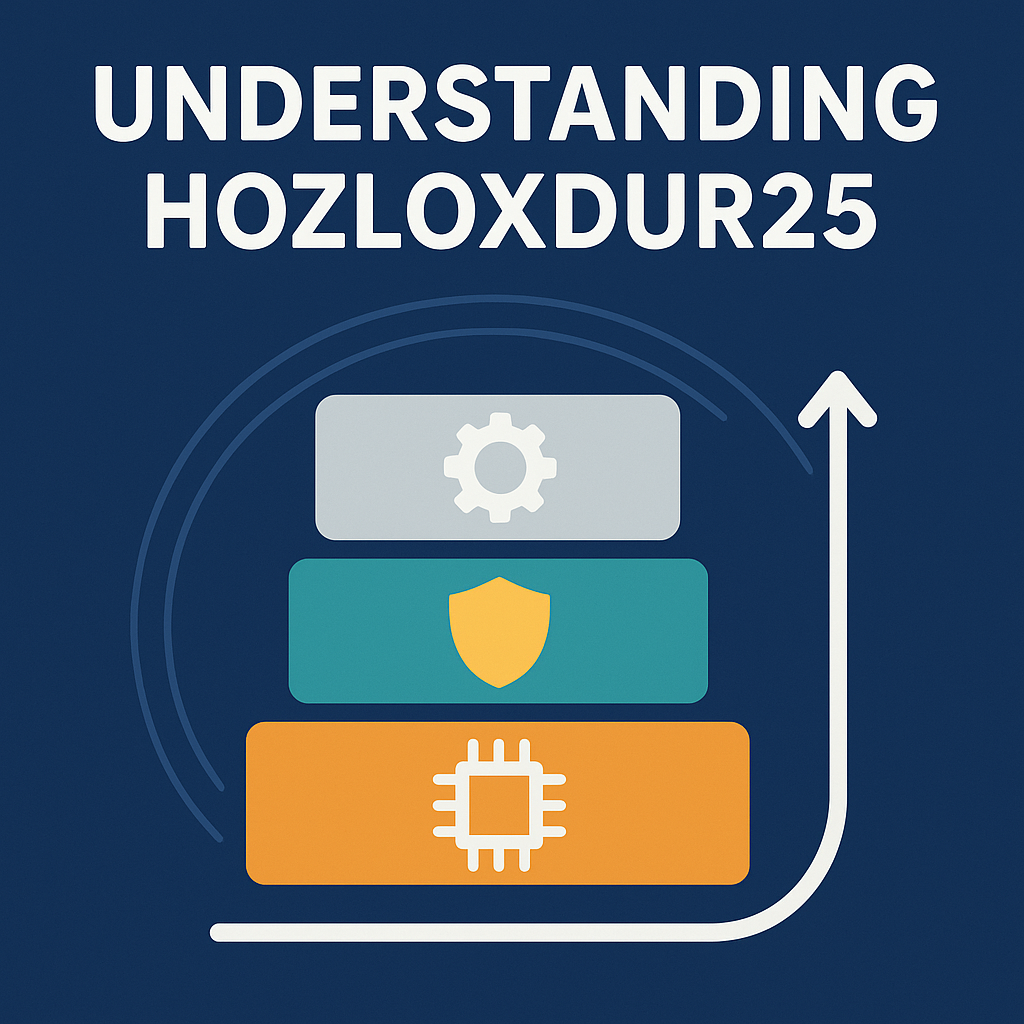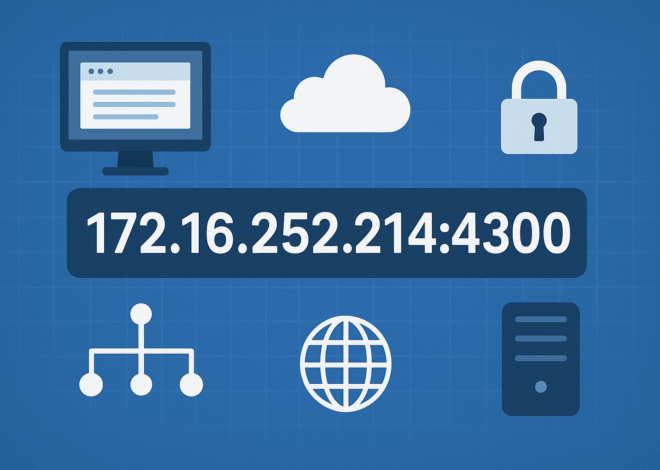
The Power of 1xrodar: A Game-Changer in the Industry
What is 1xrodar?
1xrodar represents a significant advancement within various industries, emerging as a transformative technology that has garnered considerable attention in recent years. At its core, 1xrodar pertains to an innovative system designed to enhance operational efficiency and productivity through its cutting-edge features. Initially conceptualized in response to the growing demand for more streamlined processes, 1xrodar has evolved rapidly, adapting to the dynamic requirements of modern market environments.
1xrodar operates by utilizing a combination of algorithms and automated functions that facilitate real-time data analysis and decision-making. This not only aids organizations in minimizing operational costs but also improves the speed and accuracy of their workflows. The primary functions of 1xrodar range from optimizing resource allocation to providing insightful analytics that empower businesses to make informed choices. As such, its significance is paramount in contexts where efficiency and precision are crucial.
Moreover, the evolution of 1xrodar can be traced through various stages of technological development. Initially rooted in basic operational frameworks, it has incorporated more sophisticated methodologies over time. The seamless integration of artificial intelligence and machine learning has further augmented its capabilities, allowing it to perform complex tasks autonomously. This adaptability is a testament to its functionality, reflecting a profound understanding of user needs and market trends.
In summary, 1xrodar is not merely a tool but a cornerstone of innovation that is reshaping industries. By providing advanced technological solutions, it enables businesses to navigate challenges effectively and maintain a competitive edge, marking its place as a pivotal player in the contemporary market landscape.
Key Benefits of 1xrodar
The emergence of 1xrodar has been a significant advancement in various industries, offering a plethora of benefits that enhance productivity and efficiency for users. One of the primary advantages of utilizing 1xrodar is its capacity to streamline operations, which can lead to considerable time savings. Businesses that have integrated this technology report a remarkable reduction in the time required to complete tasks, allowing employees to focus on more strategic initiatives that drive value.
Furthermore, 1xrodar has been proven to enhance precision and accuracy in various applications. For instance, companies in manufacturing have experienced fewer errors in production processes, attributed to the advanced algorithms and real-time data analysis capabilities of 1xrodar. This heightened level of accuracy not only minimizes waste but also improves overall product quality, which is crucial in maintaining customer satisfaction and loyalty.
Another compelling benefit of 1xrodar is its adaptability across different sectors. Users from diverse fields, such as healthcare and logistics, have successfully implemented this technology to optimize their workflows. Testimonials emphasize its versatility, illustrating how organizations can tailor 1xrodar to meet specific operational needs. Such flexibility enables businesses to gain a competitive advantage by responding swiftly to market changes and client demands.
Moreover, the cost-effectiveness associated with 1xrodar cannot be overlooked. Businesses report a decrease in operational costs, as the technology helps in resource allocation and management. This efficiency not only lowers overhead but also maximizes return on investment, highlighting 1xrodar’s value as a transformative tool.
In essence, the multifaceted benefits of 1xrodar demonstrate its potential to revolutionize the way organizations operate, enhancing productivity, efficiency, and overall performance across various applications.

How to Implement 1xrodar Effectively
The implementation of 1xrodar into existing business systems can transform operational efficiency when executed correctly. To guide organizations through this integration process, a structured approach is essential. First, it is crucial to conduct a thorough assessment of current systems and identify areas that could benefit from the efficiencies offered by 1xrodar. This baseline evaluation allows companies to tailor their implementation strategy to specific needs.
Next, form a dedicated team responsible for overseeing the integration of 1xrodar. This team should include members from various departments, ensuring a multifaceted perspective on how 1xrodar can be utilized effectively. By bringing together insights from different areas, organizations can devise a more holistic implementation strategy that addresses the diverse challenges faced.
After establishing the team, it is advisable to create a comprehensive plan outlining the step-by-step process of integration. This plan should include timelines, resource allocation, and specific milestones to track progress. Additionally, incorporate training sessions to familiarize staff with the functionalities and benefits of 1xrodar. Ensuring that employees are comfortable with the new technology is vital to its successful adoption.
Moreover, it is essential to monitor the implementation closely, as unforeseen challenges may arise. Common issues include resistance to change among staff and integration difficulties with existing systems. Addressing these obstacles promptly can mitigate potential disruptions. Regular feedback sessions should be held to assess the usability of 1xrodar, allowing for adjustments to be made as necessary.
In conclusion, effective implementation of 1xrodar hinges on careful planning, thorough training, and ongoing support. By adhering to these guidelines, organizations can maximize the advantages of this innovative tool, paving the way for enhanced performance and operational success.
Future Trends and Developments of 1xrodar
The landscape of 1xrodar is poised for significant evolution in the coming years, driven by rapid technological advancements and shifting industry needs. As innovators explore enhanced applications of 1xrodar, we anticipate several key trends that will redefine its role across various sectors. One emerging trend is the integration of artificial intelligence and machine learning, which may streamline processes and improve the efficiency of operations utilizing 1xrodar. This symbiotic relationship could lead to smarter analytics and predictive capabilities, allowing organizations to make more informed decisions.
Another pivotal development is the increased emphasis on sustainability and environmental impact. Industries are under growing pressure to adopt eco-friendly practices, and 1xrodar is likely to play a critical role in this transition. As companies search for greener alternatives, the efficiency and sustainability of 1xrodar will become significant selling points. Innovative designs and manufacturing techniques may emerge that prioritize low-impact resources without sacrificing performance, thereby enhancing the appeal of 1xrodar in environmentally conscious markets.
Furthermore, the expansion of 5G technology is expected to facilitate more widespread use and adoption of 1xrodar. The increase in connectivity and data transmission speeds will enable real-time monitoring and control of systems utilizing 1xrodar, resulting in improved responsiveness and agility in various applications. Companies that leverage these advancements will likely gain a competitive edge, reinforcing the relevance of 1xrodar in a digitized economy.
Industry experts predict that as 1xrodar continues to develop, we may see collaborations between businesses and tech innovators to create customized solutions tailored to specific operational challenges. This trend towards personalization will likely make 1xrodar even more integral within various domains. Overall, the future of 1xrodar appears promising, with its potential applications set to expand and evolve, significantly impacting modern industry practices.


